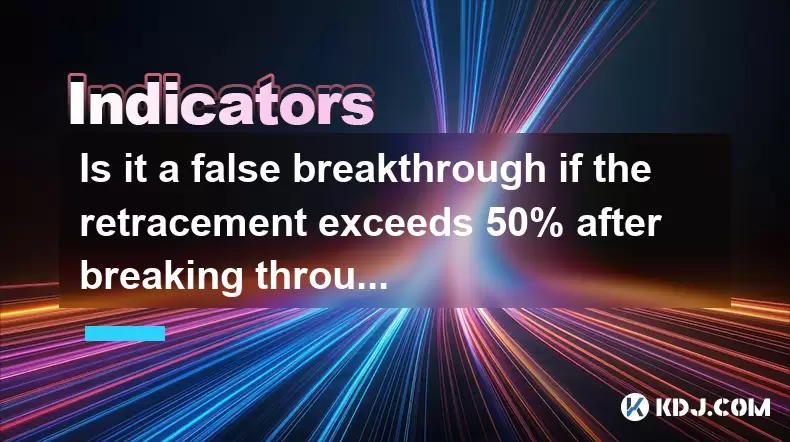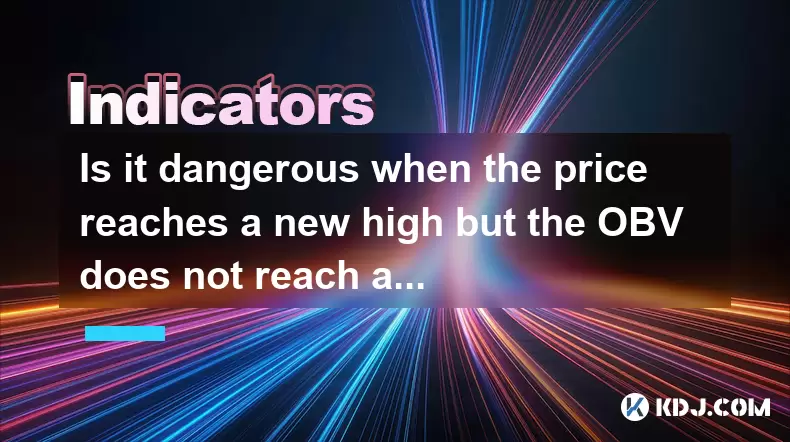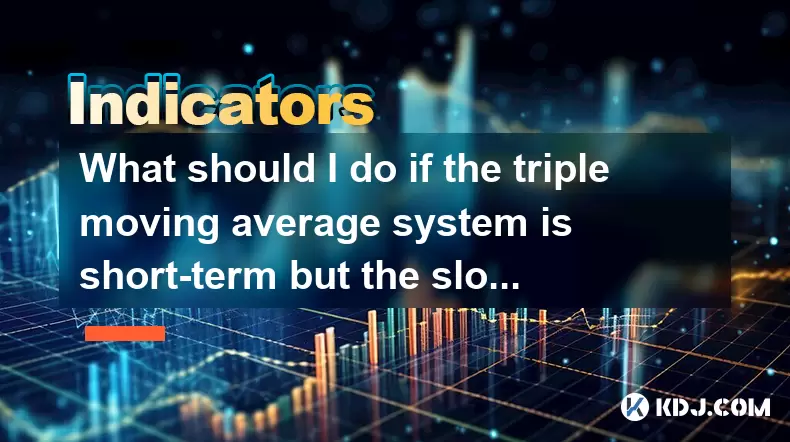-
 Bitcoin
Bitcoin $106,754.6083
1.33% -
 Ethereum
Ethereum $2,625.8249
3.80% -
 Tether USDt
Tether USDt $1.0001
-0.03% -
 XRP
XRP $2.1891
1.67% -
 BNB
BNB $654.5220
0.66% -
 Solana
Solana $156.9428
7.28% -
 USDC
USDC $0.9998
0.00% -
 Dogecoin
Dogecoin $0.1780
1.14% -
 TRON
TRON $0.2706
-0.16% -
 Cardano
Cardano $0.6470
2.77% -
 Hyperliquid
Hyperliquid $44.6467
10.24% -
 Sui
Sui $3.1128
3.86% -
 Bitcoin Cash
Bitcoin Cash $455.7646
3.00% -
 Chainlink
Chainlink $13.6858
4.08% -
 UNUS SED LEO
UNUS SED LEO $9.2682
0.21% -
 Avalanche
Avalanche $19.7433
3.79% -
 Stellar
Stellar $0.2616
1.64% -
 Toncoin
Toncoin $3.0222
2.19% -
 Shiba Inu
Shiba Inu $0.0...01220
1.49% -
 Hedera
Hedera $0.1580
2.75% -
 Litecoin
Litecoin $87.4964
2.29% -
 Polkadot
Polkadot $3.8958
3.05% -
 Ethena USDe
Ethena USDe $1.0000
-0.04% -
 Monero
Monero $317.2263
0.26% -
 Bitget Token
Bitget Token $4.5985
1.68% -
 Dai
Dai $0.9999
0.00% -
 Pepe
Pepe $0.0...01140
2.44% -
 Uniswap
Uniswap $7.6065
5.29% -
 Pi
Pi $0.6042
-2.00% -
 Aave
Aave $289.6343
6.02%
Is it a false breakthrough if the retracement exceeds 50% after breaking through the platform?
A retracement exceeding 50% after a breakout doesn't always invalidate the trend, as seen in Bitcoin's price action where support levels and volume help determine validity.
Jun 17, 2025 at 08:01 pm

Understanding Breakouts and Retracements in Cryptocurrency Trading
In cryptocurrency trading, breakouts refer to when the price of an asset moves beyond a defined support or resistance level with increased volume. These events often attract traders looking to capitalize on momentum. However, not all breakouts are valid. A false breakout, also known as a fakeout, occurs when the price briefly breaks through a key level but then reverses direction shortly afterward.
A common question among traders is whether a retracement exceeding 50% after a breakout invalidates the initial move. This concern stems from the idea that strong breakouts should be followed by minimal pullbacks. When the price retreats more than half of the breakout move, it raises doubts about the strength and sustainability of the new trend.
What Is a 50% Retracement and Why It Matters
The 50% retracement level is derived from Fibonacci analysis and is widely used by technical traders. It suggests that if the price pulls back more than half of the prior swing, the original trend may be losing strength. In the context of a breakout, this means that a retracement beyond this threshold could indicate that the breakout was not supported by sufficient buying pressure.
Traders often use Fibonacci tools to plot these levels on their charts. For example, after a bullish breakout above a consolidation zone, a trader might draw a Fibonacci retracement from the start of the move to its high point. If the price drops below the 50% level, it signals potential weakness. This can lead to confusion: does it mean the breakout failed?
How to Determine Whether a Breakout Is Valid After a Deep Retracement
To assess whether a breakout remains valid despite a deep retracement, traders should consider several factors:
- Volume during the retracement: If the drop occurs on low volume, it may suggest that selling pressure is weak and the retracement is just profit-taking.
- Price action at the retracement level: Does the price find support near a key moving average or previous resistance-turned-support?
- Timeframe: Short-term retracements may be less significant than long-term ones. On higher timeframes like the daily or weekly chart, deeper pullbacks may still preserve the trend.
- Multiple time frame analysis: Checking smaller and larger timeframes can provide additional context. Sometimes what looks like a false breakout on one timeframe is just a consolidation phase on another.
These criteria help distinguish between a temporary correction and a complete reversal of the breakout.
Chart Examples of False vs. Genuine Breakouts With Deep Retracements
Let’s examine two scenarios using Bitcoin (BTC) as an example:
Scenario 1 – Genuine Breakout Followed by a 50%+ Retracement
BTC breaks out above a multi-week consolidation range at $30,000. The price surges to $35,000 before pulling back to $32,000. This represents a retracement of more than 50% of the move from $30,000 to $35,000. However, the price holds above the original resistance level ($30,000), which now acts as support. Volume dries up during the pullback, suggesting lack of conviction among sellers. Eventually, BTC resumes its uptrend.Scenario 2 – False Breakout With Deep Retracement
BTC breaks above $30,000 again, reaching $34,000, but then retraces all the way back to $29,000. This time, volume spikes during the decline, indicating aggressive selling. The breakdown below the previous consolidation zone confirms a false breakout.
These examples illustrate that retracements alone do not determine the validity of a breakout; other technical indicators and price behavior must be analyzed.
How to Trade During a Deep Retracement After a Breakout
If you're holding a position after a breakout and notice a retracement exceeding 50%, here's how to manage your trade effectively:
- Monitor key support/resistance levels: Identify if the price is holding critical zones such as the breakout level or major moving averages like the 50-day or 200-day EMA.
- Use trailing stops: Adjust stop-loss orders to protect profits while allowing room for normal market fluctuations.
- Watch for reversal candlestick patterns: Bullish engulfing patterns or hammer candles during a pullback may signal renewed buying interest.
- Wait for confirmation before re-entering: If you exited during the retracement, wait for the price to stabilize and show signs of resuming the trend before re-entering.
These steps help traders avoid emotional decisions and maintain discipline in volatile crypto markets.
Common Misconceptions About Retracements and Breakouts
Many novice traders believe that any retracement over 50% automatically invalidates a breakout. However, this is not always true. Markets often consolidate after sharp moves, and retracements are a natural part of price action. Another misconception is that Fibonacci levels are absolute rules—while they are useful tools, they work best in combination with other forms of analysis.
Some traders also assume that breakouts must continue immediately without any pullback. In reality, even strong trends can include healthy corrections. Understanding this helps prevent premature exits from potentially profitable trades.
Frequently Asked Questions
Q: Can a breakout still be valid after a 61.8% retracement?
Yes, a breakout can remain valid after a 61.8% retracement if other technical factors align, such as strong support, decreasing volume on the pullback, and positive candlestick formations.
Q: Should I close my position if the price retraces more than 50% post-breakout?
Not necessarily. You should evaluate the broader context, including volume, support levels, and price action, before deciding to exit.
Q: How can I differentiate between a healthy pullback and a false breakout?
Look for signs of accumulation during the pullback, such as tight price ranges, reduced selling volume, and rejection at key support levels.
Q: Do Fibonacci retracements apply equally to all cryptocurrencies?
While Fibonacci levels are widely used across financial assets, some altcoins may exhibit different behaviors due to lower liquidity or unique market dynamics. Always combine Fibonacci with other tools for better accuracy.
Disclaimer:info@kdj.com
The information provided is not trading advice. kdj.com does not assume any responsibility for any investments made based on the information provided in this article. Cryptocurrencies are highly volatile and it is highly recommended that you invest with caution after thorough research!
If you believe that the content used on this website infringes your copyright, please contact us immediately (info@kdj.com) and we will delete it promptly.
- 2025-W Uncirculated American Gold Eagle and Dr. Vera Rubin Quarter Mark New Products
- 2025-06-13 06:25:13
- Ruvi AI (RVU) Leverages Blockchain and Artificial Intelligence to Disrupt Marketing, Entertainment, and Finance
- 2025-06-13 07:05:12
- H100 Group AB Raises 101 Million SEK (Approximately $10.6 Million) to Bolster Bitcoin Reserves
- 2025-06-13 06:25:13
- Galaxy Digital CEO Mike Novogratz Says Bitcoin Will Replace Gold and Go to $1,000,000
- 2025-06-13 06:45:13
- Trust Wallet Token (TWT) Price Drops 5.7% as RWA Integration Plans Ignite Excitement
- 2025-06-13 06:45:13
- Ethereum (ETH) Is in the Second Phase of a Three-Stage Market Cycle
- 2025-06-13 07:25:13
Related knowledge

How to interpret the low opening the next day after the long lower shadow hits the bottom?
Jun 18,2025 at 12:22am
Understanding the Long Lower Shadow Candlestick PatternIn technical analysis, a long lower shadow candlestick is often seen as a potential reversal signal in a downtrend. This pattern occurs when the price opens, trades significantly lower during the session, but then recovers to close near the opening price or slightly above. The long wick at the botto...

How to operate the RSI indicator repeatedly in the 40-60 range?
Jun 18,2025 at 12:56am
Understanding the RSI Indicator and Its RelevanceThe Relative Strength Index (RSI) is a momentum oscillator widely used in cryptocurrency trading to measure the speed and change of price movements. Typically, the RSI ranges from 0 to 100, with levels above 70 considered overbought and below 30 considered oversold. However, when the RSI repeatedly stays ...

Why is the volume ratio suddenly enlarged three times but the price fluctuation is small?
Jun 18,2025 at 04:42am
Understanding the Relationship Between Trading Volume and Price MovementIn the world of cryptocurrency trading, volume is a crucial metric that reflects the number of assets traded within a specific time frame. It often serves as an indicator of market interest and liquidity. However, there are instances where trading volume surges dramatically—sometime...

How strong is the MACD golden cross below the zero axis?
Jun 17,2025 at 11:00pm
Understanding the MACD Indicator in Cryptocurrency TradingThe Moving Average Convergence Divergence (MACD) is one of the most widely used technical indicators among cryptocurrency traders. It helps identify potential trend reversals, momentum shifts, and entry or exit points. The MACD consists of three main components: the MACD line, the signal line, an...

Is it dangerous when the price reaches a new high but the OBV does not reach a new high?
Jun 18,2025 at 06:14am
Understanding On-Balance Volume (OBV) in Cryptocurrency TradingIn the world of cryptocurrency trading, technical indicators play a crucial role in analyzing market behavior and predicting future price movements. One such widely used indicator is the On-Balance Volume (OBV), which helps traders assess the strength of buying or selling pressure behind pri...

What should I do if the triple moving average system is short-term but the slope slows down?
Jun 18,2025 at 04:35am
Understanding the Triple Moving Average SystemThe triple moving average system is a popular technical analysis tool used in cryptocurrency trading. It involves using three different moving averages—typically the short-term (e.g., 10-period), medium-term (e.g., 20-period), and long-term (e.g., 50-period) moving averages. When the short-term average cross...

How to interpret the low opening the next day after the long lower shadow hits the bottom?
Jun 18,2025 at 12:22am
Understanding the Long Lower Shadow Candlestick PatternIn technical analysis, a long lower shadow candlestick is often seen as a potential reversal signal in a downtrend. This pattern occurs when the price opens, trades significantly lower during the session, but then recovers to close near the opening price or slightly above. The long wick at the botto...

How to operate the RSI indicator repeatedly in the 40-60 range?
Jun 18,2025 at 12:56am
Understanding the RSI Indicator and Its RelevanceThe Relative Strength Index (RSI) is a momentum oscillator widely used in cryptocurrency trading to measure the speed and change of price movements. Typically, the RSI ranges from 0 to 100, with levels above 70 considered overbought and below 30 considered oversold. However, when the RSI repeatedly stays ...

Why is the volume ratio suddenly enlarged three times but the price fluctuation is small?
Jun 18,2025 at 04:42am
Understanding the Relationship Between Trading Volume and Price MovementIn the world of cryptocurrency trading, volume is a crucial metric that reflects the number of assets traded within a specific time frame. It often serves as an indicator of market interest and liquidity. However, there are instances where trading volume surges dramatically—sometime...

How strong is the MACD golden cross below the zero axis?
Jun 17,2025 at 11:00pm
Understanding the MACD Indicator in Cryptocurrency TradingThe Moving Average Convergence Divergence (MACD) is one of the most widely used technical indicators among cryptocurrency traders. It helps identify potential trend reversals, momentum shifts, and entry or exit points. The MACD consists of three main components: the MACD line, the signal line, an...

Is it dangerous when the price reaches a new high but the OBV does not reach a new high?
Jun 18,2025 at 06:14am
Understanding On-Balance Volume (OBV) in Cryptocurrency TradingIn the world of cryptocurrency trading, technical indicators play a crucial role in analyzing market behavior and predicting future price movements. One such widely used indicator is the On-Balance Volume (OBV), which helps traders assess the strength of buying or selling pressure behind pri...

What should I do if the triple moving average system is short-term but the slope slows down?
Jun 18,2025 at 04:35am
Understanding the Triple Moving Average SystemThe triple moving average system is a popular technical analysis tool used in cryptocurrency trading. It involves using three different moving averages—typically the short-term (e.g., 10-period), medium-term (e.g., 20-period), and long-term (e.g., 50-period) moving averages. When the short-term average cross...
See all articles

























































































